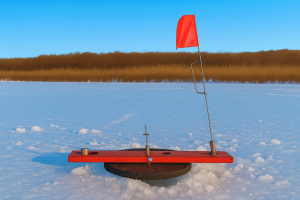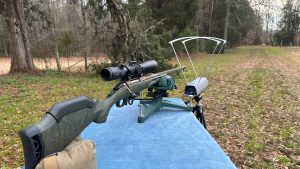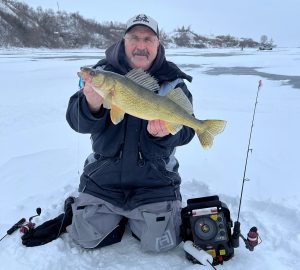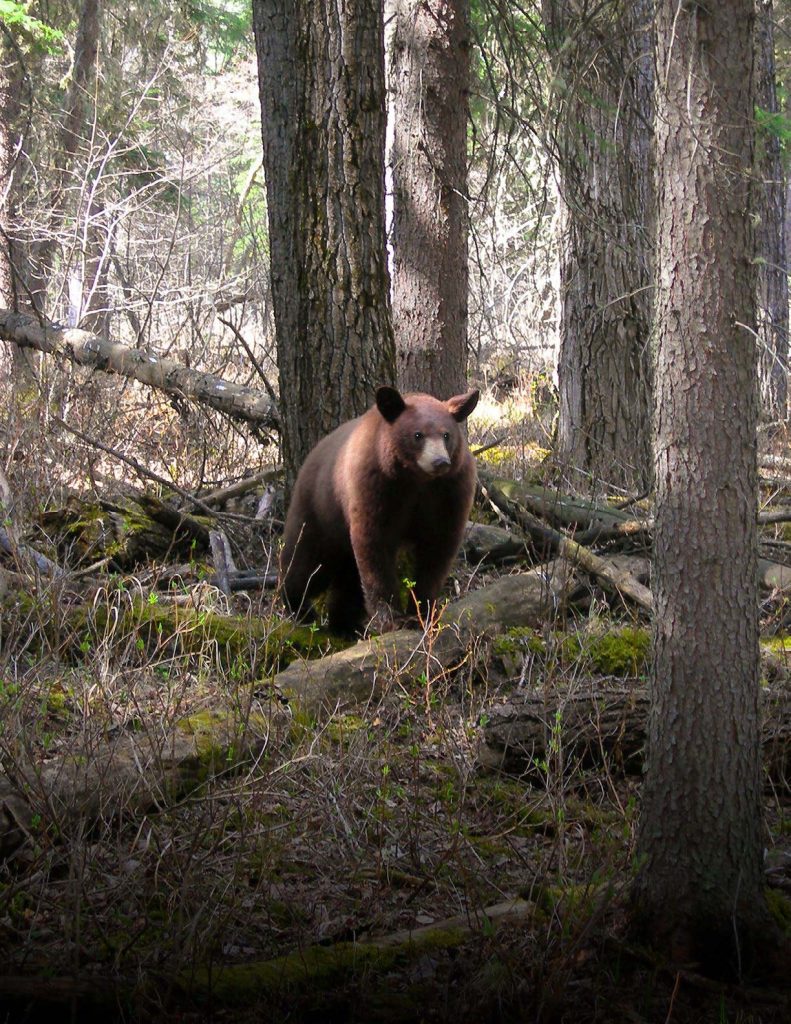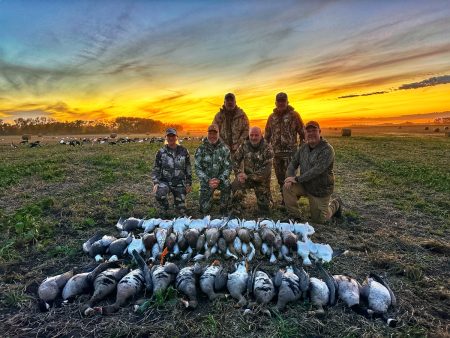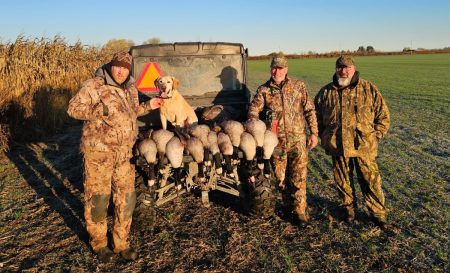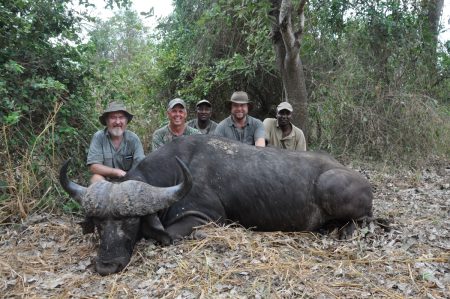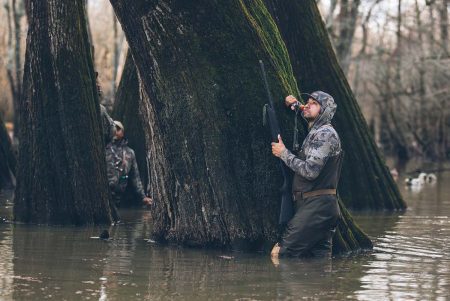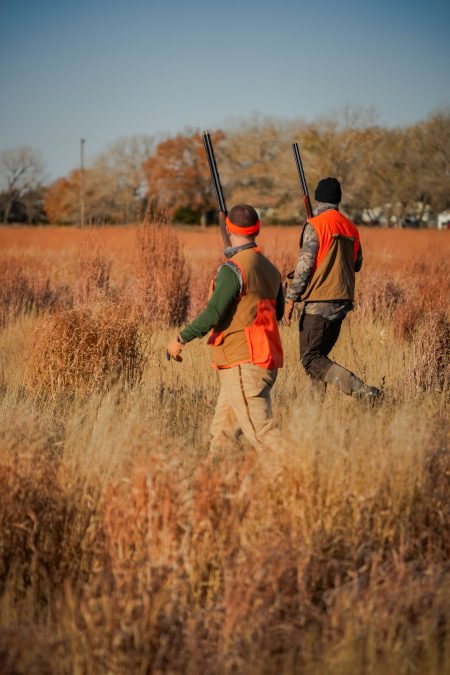In bear hunting, it’s vitally important to understand anatomy and shot placement
Cautiously easing our way down the trail, we saw two black bears gorging themselves on the lush green clover just out of archery range. Just 10 minutes earlier, my wife Heather and I had spotted them in the distance and we were now getting close. For our spot-and-stalk bowhunting, we hoped to get within at least 40 yards—close enough to carefully assess where to shoot a bear for an ethical, effective harvest.”
The hidden trail was well off the beaten track in Northern Alberta’s boreal forest. We were hunting in early June so spring rains had already affected the grasses and the clover was already heavily covering linear corridors and open, south-facing areas. On one hand, it made for quiet walking. On the other, the taller grasses meant that Heather would have to carefully choose her shot opportunity.
At one point, she went to full draw. With the bigger bear at 40 yards quartering away, the angle was good; she could have sent the arrow clear through its chest. Unfortunately, he saw us and bolted for cover before she could take the shot. In the end, that turned out to be a blessing in disguise. Minutes later, both bears emerged from cover another couple of hundred yards down the trail. We waited until they went over a subtle rise, then hustled and quickly gained on them. As luck would have it, we found the two boars, with one that had been chased up a tree. He was now only 15 yards away from us. The other stood only briefly at 60 yards, then escaped into cover.
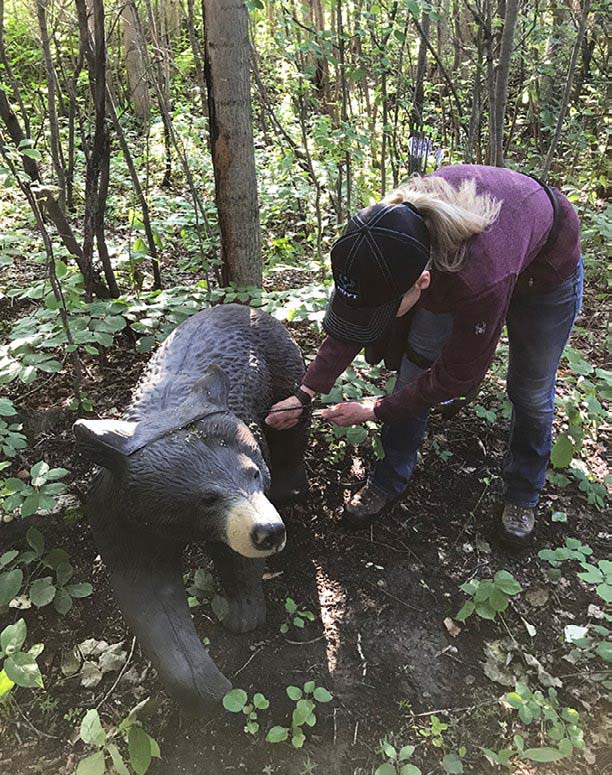
Questioning whether she should shoot the bear in the tree, I suggested that since nature doesn’t provide those gifts very often, it’s something to capitalize on when it does. The truth is, the bear was in a perfect position, with his front leg reaching up to balance on a branch, fully exposing his vitals. Taking that as a sign, Heather took careful aim and buried an Easton Axis-tipped with a G5 Striker V2 through his heart. Seconds later, her bruin tumbled to the base of the tree. Even though it was close, understanding anatomy and where to place her shot brought a quick end to an exciting hunt.
With the spring black bear season now upon us, many will be sitting over baits, while others will be spot-and-stalk hunting. Whether you’re a bow hunter or a gun hunter, understanding bear anatomy and where to shoot a bear is imperative. Why? Because bears are muscle-bound, tough animals with big sturdy bones. They move a lot and they have a great deal of fur, making them look a lot bigger than they really are. Here’s what you need to know to make an efficient shot on a bear.
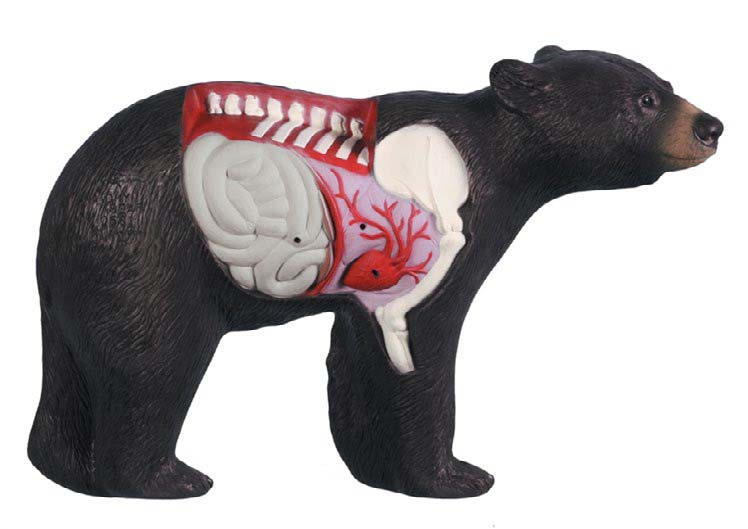
Why Black Bears Aren’t Built Like Deer
Black bears are anatomically different than ungulates. The biggest and arguably most deceiving consideration is their long hair. Old bruins will sometimes have a muscular definition, but it’s usually difficult to make out any significant definition to their anatomy. They look like a big mass of hair. If you’ve taken a bear, you know that once the hide is removed, even a big one can look rather small.
Wearing a gorgeous coat, their hair is normally long and thick. Aside from the head and feet, several inches of what we see when we look at a live bear is just hair without body mass. On top of that, you need to recognize that at least one to two inches of body mass is usually fat and another three to four inches is hair. In perspective, that doesn’t leave much body size at all.
A black bear’s skeletal structure is dense. Their front shoulder and the top portion of their leg bone more or less cover the heart and the front part of the lungs when they are standing broadside and flat-footed. The simplest way to describe a bear’s vitals is to say that the heart and lungs are positioned slightly forward from those of a deer. The very back portion of the lungs extend just past the mid-point of the body. Immediately behind the lungs are the liver and kidney.
Shot Options for Black Bear Bow Hunting
When looking for a shot, always be patient. Relaxed bears move relatively slowly. Proper black bear shot placement requires waiting for the right opportunity—be patient and don’t rush. Rifle hunters have more leeway when it comes to shot options, but as a rule, especially if you’re a bow hunter—broadside or slightly quartering away is preferred.
With archery gear, the heart and lungs should be your only aiming points. While you might be a proficient shooter with a rifle, headshots are considered unethical and they also leave too much room for error. High-percentage shots always involve aiming for the heart and lungs.
With a firearm, I’m a big proponent of aiming for the back of the middle of the shoulder. If the bear doesn’t collapse on the spot, a lung shot will cause plenty of hemorrhaging and seldom will he make it more than 60 yards after that.
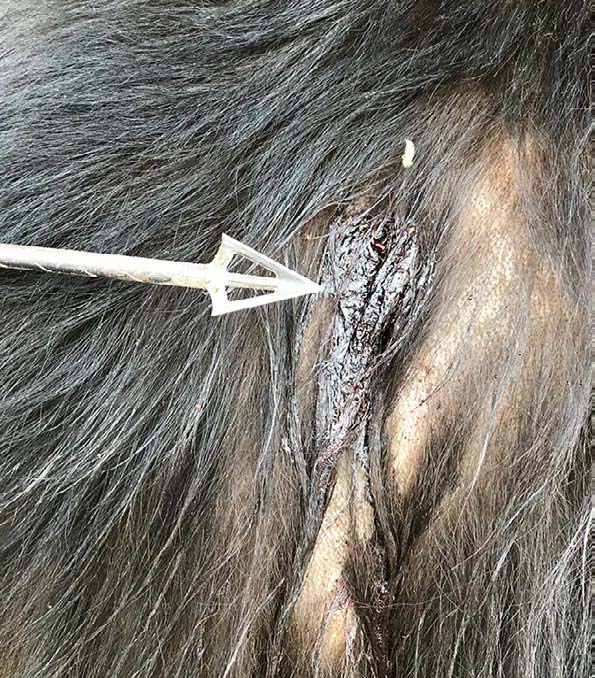
Never take risky shots. If you’re hunting over bait, for instance, you’ll likely see bears standing and leaning over a barrel. It’s tempting to take the shot, but because of the way their vitals are positioned in their torso, that’s a lower-percentage shot. In my younger days (some 30-plus years ago) I once shot a bear that was facing directly away from me and standing on his hind legs. It was a poor judgment call; I was lucky and spined him. He went down instantly but a finishing shot was required. In hindsight, it was an unethical choice, and I should have waited.
Similarly, it’s common to see bears lying down. In that position, their vitals are compressed and their front leg may be covering the heart and lungs. As a rule, it is always best to wait until the bear is standing broadside or quartering away, and ideally with their front leg stretched forward, fully exposing their vitals. Again, one of the biggest challenges with bears is that long hair. Not only does it soak up blood—sometimes limiting the blood trail after the shot—it also tends to obscure their musculature when you’re looking at the live animal.
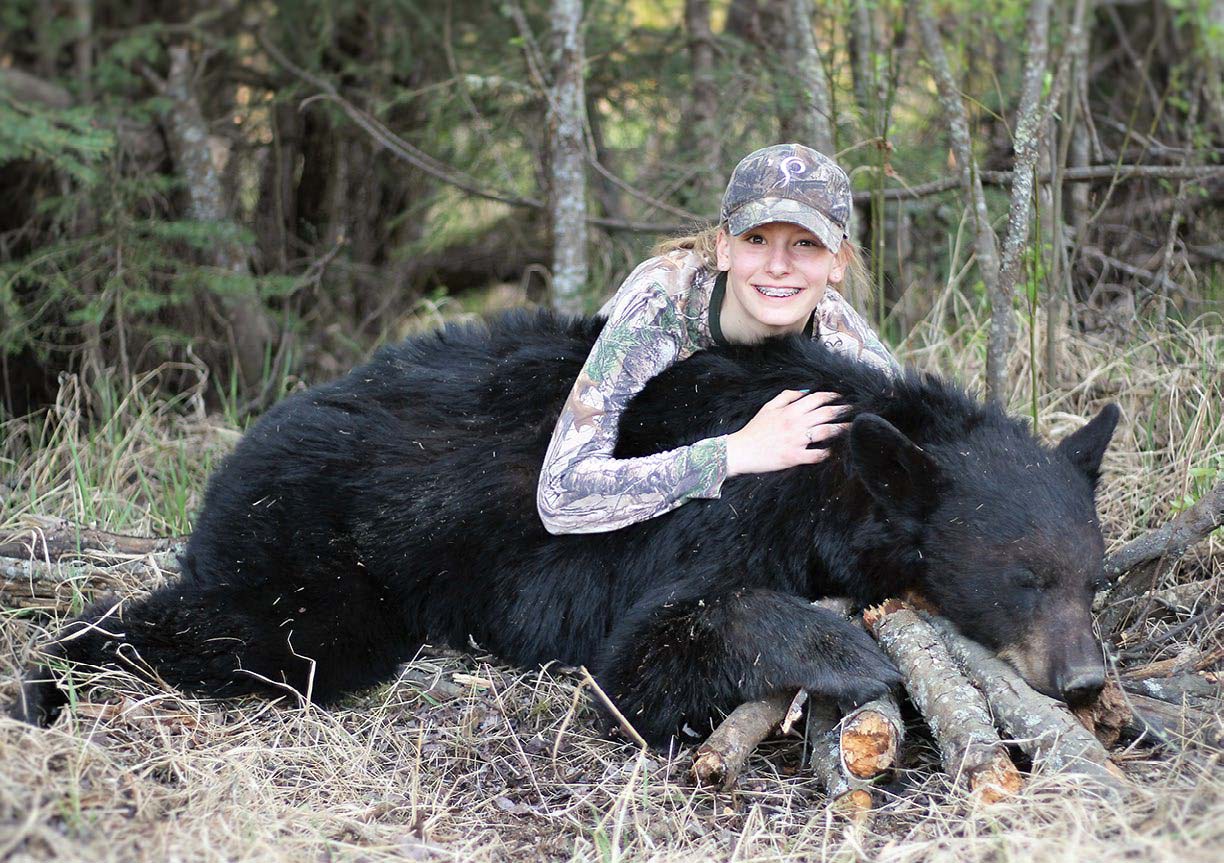
Understanding Shot Angles and Black Bear Behavior
If you like hunting over bait, be careful not to set your stand or blind too close or too high. Steep angles can create problems and compromise the ability to shoot a bear effectively. I like to place my stands 14 to 18 feet up in coniferous trees. For bow hunting, I place them no more than 25 yards away from the bait and no closer than 15 yards. I also like to crib my barrels with logs and spruce boughs to manipulate the bears’ movement, forcing them to stand broadside or slightly quartering away.
As a rule, never take an archery shot when a bear is standing facing away, sitting, or lying down. Likewise, bears are notorious for twisting and contorting their bodies, especially when they’re accessing bait. Generally, if a bear is coming to the bait, at some point, he’ll give you a clear, desirable shot opportunity. Bait hunting in particular gives you time to assess proper black bear shot placement—wait until the bear extends its leg forward, exposing vitals for an unobstructed and ethical shot.
As a professional outfitter and guide, the majority of bears that I’ve seen lost were shot by hunters who released an arrow too quickly. They were impatient and failed to wait for the right angle. Most were hit either too low or too far forward. Understanding black bear shot placement is crucial: aiming for the lungs provides the highest odds for a quick kill. Think about shooting for the middle (considering the up and down body mass), and slightly forward of the middle behind the shoulder (considering front to back on the body).
Remember, a whole lot of what you see is hair and even fat. Regardless of whether you’re shooting from the ground or up high in a stand, always think “exit.” In other words, aim so that your arrow or bullet will penetrate, pass through the torso, and exit (in the case of an arrow) precisely where you want it to in order to maximize hemorrhaging.
If you plan to spot and stalk or hunt from a ground blind with a bow, the same shot opportunity guidelines apply, but remember that you’ll be at ground level. It’s not that hunting with a firearm removes the need for diligence around shot placement, but bullets do kill through the combined effect of shock and hemorrhaging. A shot that’s facing head-on, or slightly quartering toward, is more than acceptable with a gun. But, that’s if—and only if—you’re confident in the accuracy of your rifle/muzzleloader/handgun (where allowed), your bullet performance and your own shooting skill.

Similarly, bears are notorious for standing up on their hind legs and facing you, mostly because they’re curious and they want a better look. A bear standing on his hind legs facing you may indeed fully expose his vitals and present a great shot opportunity—but this also requires a judgment call that each hunter has to make based on the situation.
In the end, each scenario requires that we know our limitations, understand our equipment and develop our shooting skills to efficiently and effectively deliver a lethal shot. The goal should always be to put the bear down quickly. Bullet choice matters. Using a bonded or A-frame bullet 130 grains and larger is most sensible. Something that expands quickly and retains its mass, settling on the offside of the torso just under the skin, is what you want to use.
If you’re bowhunting, making two holes is a huge key to success. I recommend avoiding expandable broadheads for bears in particular. I also generally encourage archers to use a 100-grain or heavier minimum three-blade broadhead with a bigger cutting diameter. Bowhunters should strive for a double-lung pass-through shot. With all that hair, bears are notorious for not leaving much of a blood trail.
In the end, use the right equipment, be patient, understand bear anatomy and know where and when to place your shot. Put all this together, and these elements will go a long way in helping you close a tag on your next bear hunt. Who knows, you might get to harvest the bear of a lifetime!
Per our affiliate disclosure, we may earn revenue from the products available on this page. To learn more about how we test gear, click here.

